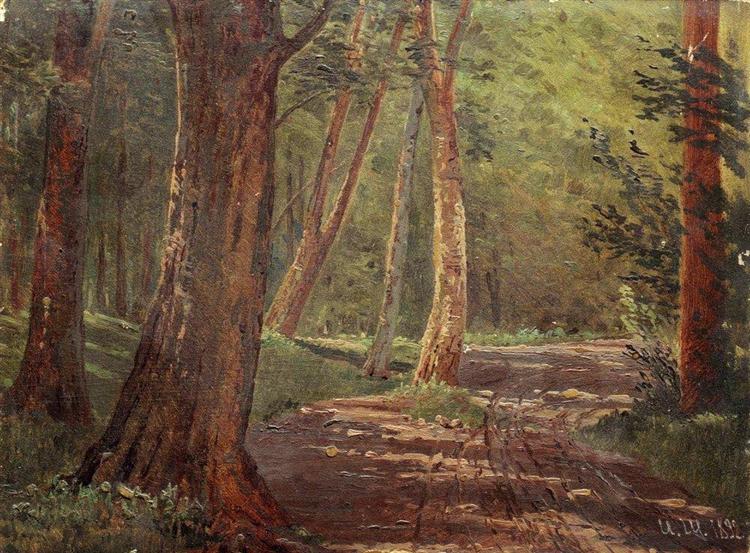Interaction, in my opinion, is at its core communication and response to the communicated information, which helps art to achieve its purpose. i believe that without these three elements a piece of art, a game, a furniture, etc. cannot be called interactive as it does not change its state. or even if it changes, it happens not as a response to the events that happened or does not carry any meaning behind it. or both.
INTERACTIVE ART OBJECTS
last year i studied in abu dhabi for two semesters and was fortunate to visit EXPO 2020 about 10-15 times during the fall 2022 semester. one of the reasons i was coming there so often was that a lot of pavilions were extremely interesting and as there were so many, it was hard to stop coming back as something new opens.
here is the link to some of the most interesting interactive installations that were displayed. Most of them perfectly fit into my description of interactivity as there visitors were able to see, listen, touch and that provoked the installation to change/evolve/stop/appear, etc., while communicating the message (development of the country, their initiatives, etc.)/evoking a feeling (joy, sadness, etc) that installation was supposed to convey.
https://www.dailyartmagazine.com/expo-2020/
I, myself, would also add Germany’s pavillion as they had this very interesting core scenario to support they pro-green message for the visitors that you were supposed to follow and depending on how you did several interactive tasks, it would show how much electricity you have produced just by touching/turning/tossing things, (it supposedly was to show the importance of sustainability and to portray how small is needed from us to start making a change) this also perfectly fits into my definition of interactivity as it basically action and response format. (here is the link to the description and some info of the German pavilion https://www.expo2020germany.de/en/the-german-pavilion/)
NON-INTERACTIVE ART OBJECTS
one example of non-interactive art objects would be an oil painting “Forest road” by Ivan Shishkin. This painting is a piece of art that doesn’t interact with a viewer, except for the visual part. the only thing a person can do with the painting is to look, look more closely, look from far away and contemplate every time he changes his point of view. it is not to say that works of art like these are less valuable than the interactive ones, however they certainly have rather limited span of use. 
https://www.wikiart.org/en/ivan-shishkin/forest-road-1892